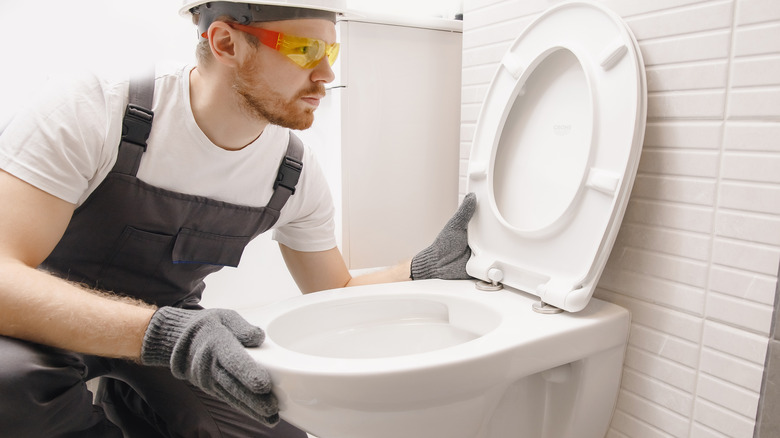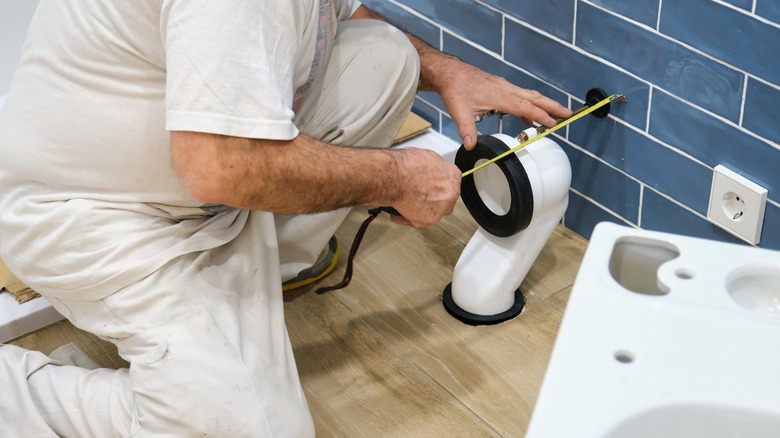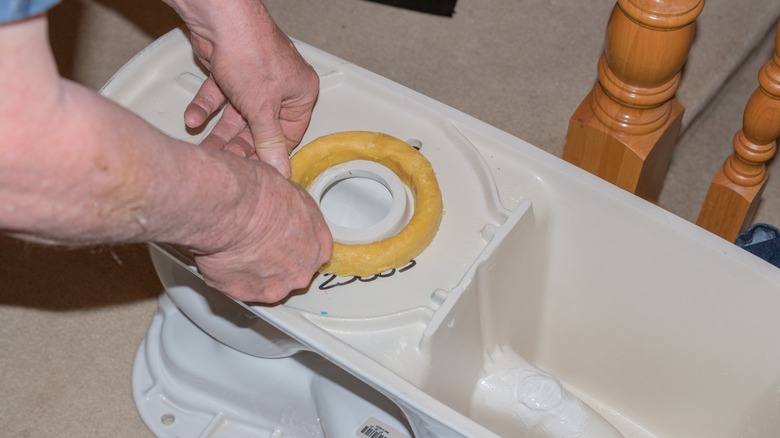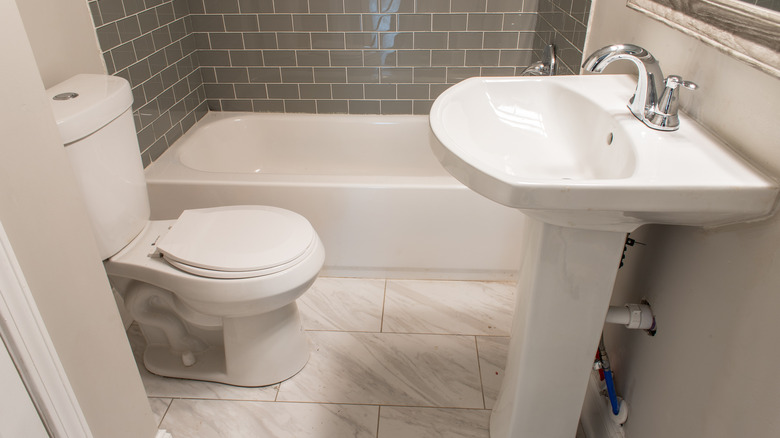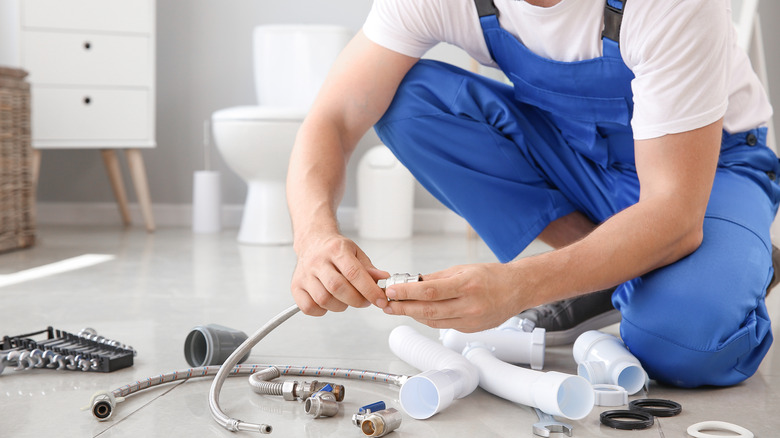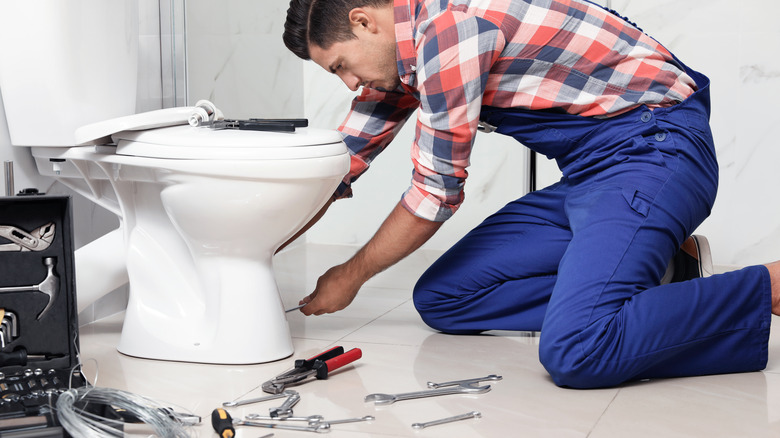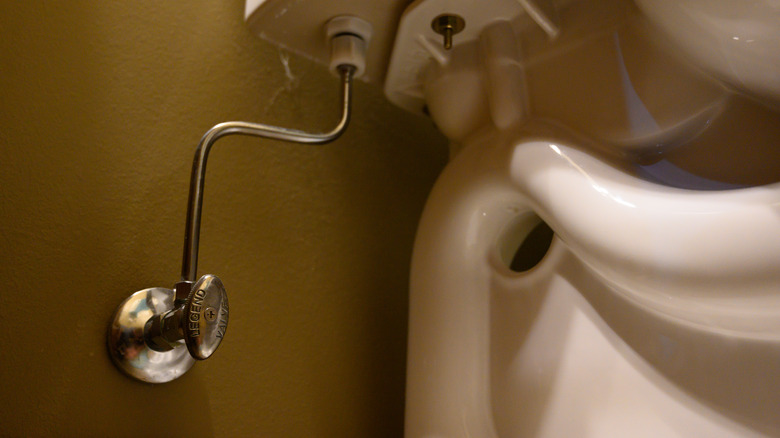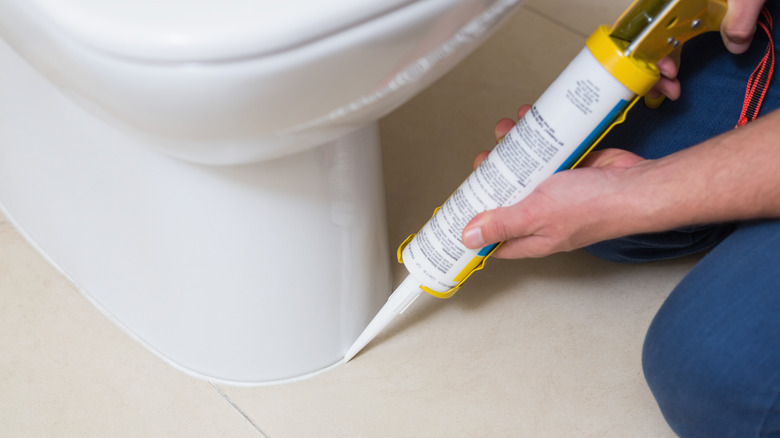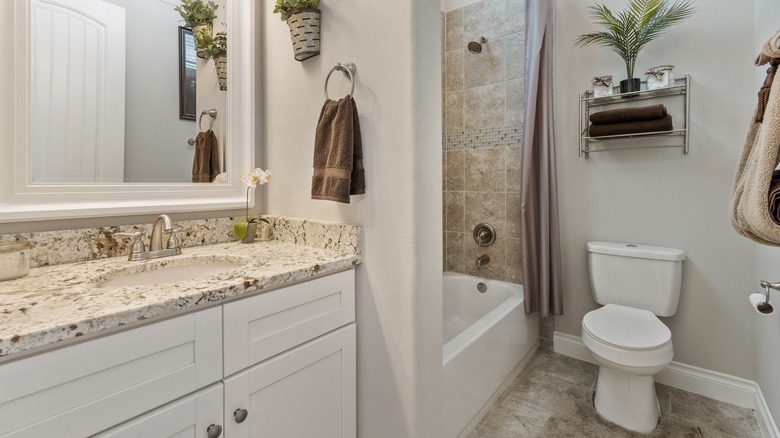Things Everyone Gets Wrong When Installing A New Toilet In The Bathroom
When you upgrade and improve your home, installing a new toilet is usually on the list. However, it's common to hit a few bumps during this project. Even though many people think about removing the old one and popping the new one in, several common issues can turn a simple project into a messy nightmare. This isn't just about following instructions; it's about looking at the specific mistakes people make again and again and how small details can spell disaster for your installation process.
For example, you're done once your new toilet is seated and connected, right? This isn't necessarily true because ignoring the small details, like having good seating or ensuring your toilet fits into the layout, can cause discomfort, leaks, and expensive repairs later.
You want to take a hard look at these often-overlooked things, like why checking your local building codes is essential and swapping out your wax seal is critical. These things could mean the difference between a smooth project and one that ends with water damage, a mismatch between the toilet and the bathroom, or structural issues. By knowing what these common issues are and avoiding them, you can get an easy installation process from start to finish and have a bathroom you're proud to show off.
Ignoring local building codes and regulations and not knowing what your set-out is
When you install your new toilet, it's easy to forget about your local building codes or regulations and knowing the toilet's set-out. Ignoring the building codes can lead to massive issues later, like fines. Local regulations are in place to help ensure your plumbing system meets health and safety standards. In the worst-case scenario, you might have to rip out your work and start over, which can double the price and installation time.
Additionally, not understanding the set-out (distance from the wall to the toilet drain's center) makes it easy to buy a toilet that doesn't fit into your plumbing. You may find yourself buying a new toilet or remodeling more to get it to fit. This can damage or flood the bathroom floor and cost you money. You might not notice these problems until you have to rip up and replace the whole floor.
Check out your area's building codes and regulations before starting your project. Chat with your local building department via phone or by visiting their website. This will help avoid expensive fines by ensuring your toilet meets these requirements. Secondly, measure your set out before you buy anything and write it down. This helps ensure your new toilet slides onto the existing plumbing without an issue, and you can replace a toilet in five simple steps without any snags. You can look online for guidance on measuring this or contact a local plumber for help.
Skipping the wax ring check or replacement or damaging it and causing leaks
A big mistake many people make when installing a new toilet is forgetting to check or replace the wax ring. This ring helps you get a watertight seal between the drainpipe and the bottom of your toilet. One of the main concerns is that water will slowly leak each time you flush from the point where the toilet meets the floor. You'll waste water and encourage mold, mildew, and rot, destroying the floor and the subfloor. The wax ring also stops sewer gases from leaking into the house, so an eroded or cracked one could result in foul smells.
To prevent this problem, always double-check your wax ring before fitting a new toilet. If you see any damage or are concerned that it is still in good condition, it's best to swap it. Slip the new wax ring over the flange, centering it. Lower the toilet straight down onto the ring without making it move and push down to compress it to get a watertight seal without twisting or rocking anything because this breaks the seal. Use mounting bolts to secure the toilet, and do not crack the base.
Forgetting about bathroom space planning and interrupting your bathroom's flow
If you're looking for ways to cut the cost during your bathroom remodel, don't forget space planning. Ignoring it may mean you have a toilet that makes it hard to get into the shower, block your cabinets, or make the room feel too small. Imagine trying to squeeze past your new toilet to get to the sink or only being able to open your cabinets halfway before they hit it. Also, putting your toilet in the wrong spot can mean it fails building code requirements, as they usually outline how close it can be to other fixtures or walls. Without the correct space planning, getting to the shut-off valve in an emergency or for maintenance is challenging.
The key to avoiding these issues is to plan your bathroom layout before you install your new toilet. You have to note the bathroom's dimensions and where you have other fixtures. Leave enough clearance from your toilet's center (experts recommend at least 15 inches for the industry standard) to the nearest wall or fixture. Also, leave at least 24 inches clear in front of the toilet. Double-check any local building codes before you remodel, and keep the shut-off valve in mind. Consider installing a corner or compact toilet for small bathrooms to save space.
Neglecting to upgrade the supply line to match your toilet's specifications
One common toilet problem you should never ignore is neglecting your supply line when you install a new setup. You may think your existing line is enough for your new toilet, but you must consider wear, age, and whether it fits the new fixture. If you assume it'll work, the current line might not be strong enough to withstand the water pressure or work with the new toilet's fittings, causing leaks. If your supply line doesn't fit your new toilet's specifications, it could slow the water flow and affect the flush performance, increasing water costs and usage.
Always upgrade your supply line when you install a new toilet. Pick a supply line that fits your new toilet's specifications and comes designed to handle the pressure and water flow it needs. Experts recommend you pick a durable, high-quality material like soft copper, as it'll last longer than traditional stainless steel. Also, the supply line's length should be the correct distance from the shut-off valve and tank so it's not bent or stressed. Buying a new supply line gives you a secure and durable connection between the toilet and the home's water supply, ensuring your toilet operates at peak levels.
Overtightening the nuts and bolts and cracking the toilet
Many people make the nuts and bolts far too tight when they install a new toilet, especially the ones that connect the toilet to the floor and the bowl to the tank. It's common to think that tighter is better and that over-tightening them will prevent leaks or secure everything and make the toilet stop wobbling. However, doing so could mean big problems. Tightening the bolts too much might crack the toilet's porcelain, which causes leaks and an unsightly appearance. Water leaks down to the floor when it cracks, possibly triggering mold growth. If the split is severe enough, you might have to replace it. This can turn something simple into a costly nightmare. Cracks might compromise the toilet's structural strength, causing issues over time.
For better results, tighten the nuts and bolts with a wrench instead of a power tool because it gives you more torque control. Tighten the bolts slowly, switching between each one so you get a uniform force. This will help ensure you don't put too much stress on one side and crack it. When you finish, check to ensure it is stable and doesn't move. Should you have to tighten the nuts and bolts even further, do it slowly and make small changes until it feels flush and solid.
Forgetting to turn off the main water line or the toilet's shut-off valve to stop leaks
Do you know how to locate your home's main water shut-off valve or the toilet's valve? It is easy to overlook this step during installation, which can result in a watery disaster. Today, most toilets have a distinct shut-off valve that allows users to swap it without flooding your bathroom. However, this mistake happens if the toilet doesn't have this valve or you forget to use it.
Before installing, find the shut-off valve and test it to ensure it stops the water from flowing. If it's working correctly, twisting it off is enough. However, if you are confused if it is working or can't access it, shut off the house's primary water line. Once turned off, flush the toilet to remove all the water in the bowl and tank before starting with the replacement. This preventative approach guards against flooding while enabling you to concentrate on installing the new toilet.
Neglecting to re-caulk the base to seal the space between the toilet and floor
You may think the caulk ring around your toilet is just for looks, but do you really know why you need to caulk it after a repair or if you replace it? Caulk plays a massive role in sealing the tiny gap between your bathroom floor and toilet base, and the seal stops water from seeping under your toilet if you spill something or when you clean. Without it, moisture can build up under the floor and weaken it or set the stage for mold and mildew growth that is challenging to get rid of. Also, not having a good seal around your toilet can let it shift or wobble and damage the wax seal. This mistake compromises your bathroom's structural integrity, leading to expensive repairs.
After you install your new toilet, mount it and connect it to the main water line. The next thing you do is run a bead of silicone caulk around the base. Pick a silicone-based one because it's mold, mildew-resistant, and durable when faced with the bathroom's humidity levels. Carefully clean around the toilet and dry it so the caulk adheres, and run a continuous bead around it, smoothing it with your finger or caulking tool to get a tight fit. Leave a small gap at the back of your toilet's base to let trapped water escape. Doing this will secure your toilet and ensure your bathroom stays clean and hygienic.
Overlooking the toilet size and fit so it doesn't match your bathroom's layout
When installing a new toilet, a model that is too tall for the space can make it hard to move around or appear crowded. However, if the new toilet is too small, some people may feel awkward using it. You must install the floor before the toilet if you're doing a complete remodel.
You could also have issues with the toilet's hookup working with your existing plumbing, leading to incorrect installation. As a consequence, the toilet may leak and inflict damage to the floor or underlying structure. Additionally, if your toilet doesn't match the rough-in measurements (the distance from the wall to the center of the toilet flange), then you'll spend lots of cash for piping adjustments.
Before purchasing a new toilet, measure your bathroom and write the rough-in specs down to guarantee it works. To determine the rough-in size, measure the space from the wall to the floor drainpipe. Most typical toilets feature a 12-inch rough-in; however, there are also 10- and 14-inch versions. You must also assess the toilet's width, height, and length to guarantee that it fits the available space and layout.
